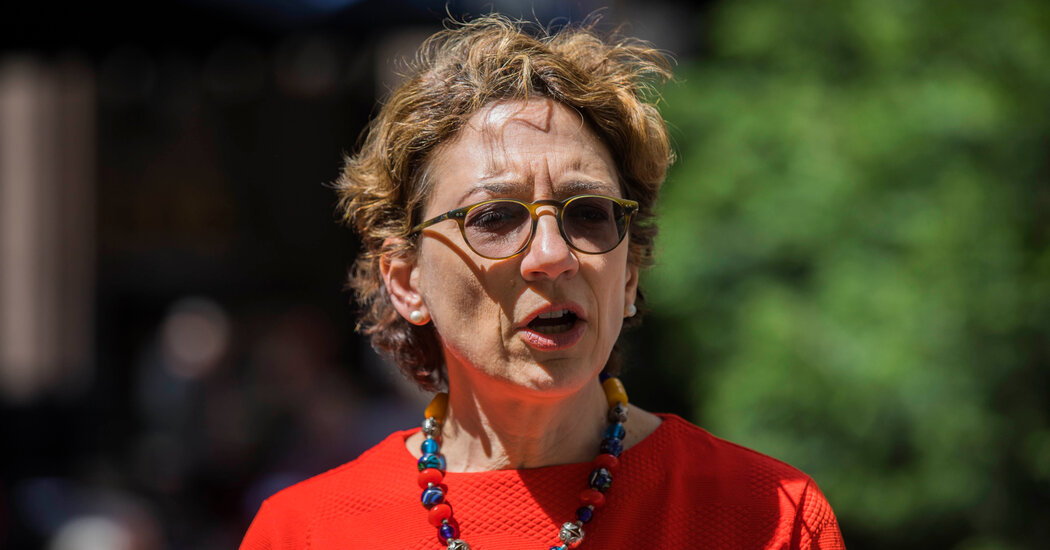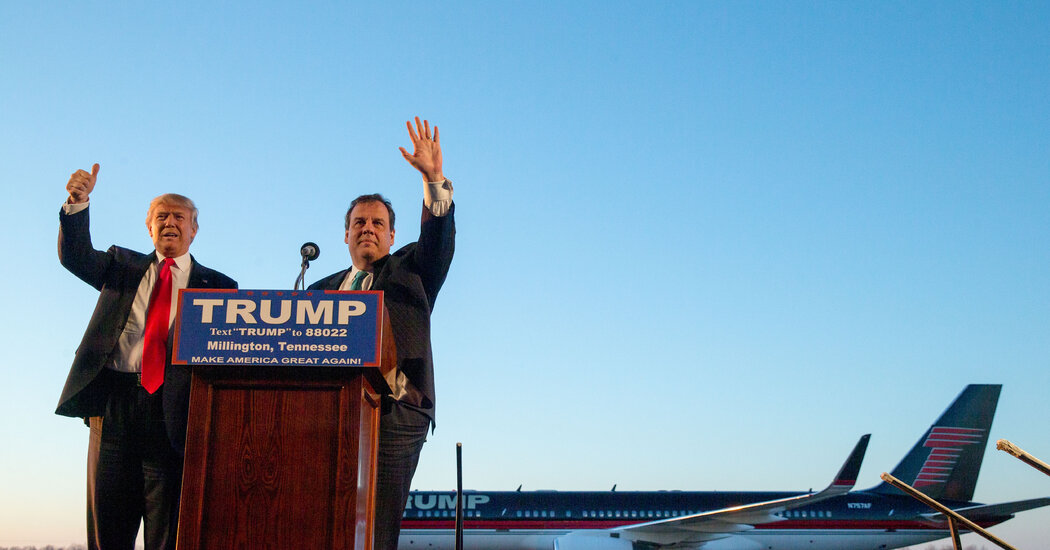At the Heart of the Documents Case: Trump’s Attachment to His Boxes
He could point to specific boxes that he wanted to take with him on Air Force One when he was traveling, and decline to take others, appearing aware of the contents inside the boxes he chose, both officials said.
The same was true when Mr. Trump left the White House, according to one person briefed on how he behaved. He knew the contents of the boxes around him. Some aides would periodically encourage him to condense the number he had in his immediate vicinity. Another person familiar with Mr. Trump’s habits said that when one box filled up, aides over the past two years would take it away and store it, bringing him a new one.
The charging document includes photos detailing just how many dozens of those cardboard boxes Mr. Trump had amassed. They are piled on a stage at Mar-a-Lago, stuffed into a storage room, even stacked in a bathroom, with some behind a shower curtain.
At his club in Bedminster, N.J., on Tuesday night, hours after he was arraigned in a Miami courtroom, Mr. Trump insisted to several hundred supporters that the boxes included “newspapers, press clippings” and “thousands and thousands of White House pictures,” as well as “clothing, memorabilia and much, much more.”
“I hadn’t had a chance to go through all the boxes,” Mr. Trump said. “It’s a long, tedious job, takes a long time. Which I was prepared to do, but I have a very busy life.”
That claim — that the boxes mostly contained personal items like clothing and that Mr. Trump was not aware of exactly what they held — is one he had made to his own advisers toward the second half of 2021.
Mr. Trump’s lawyers included a similar argument in a letter sent to Congress in April, claiming that Mr. Trump had little to do with how the documents were packed and shipped to Florida after he left office. In the letter, the lawyers claimed that “institutional processes, rather than intentional decision by Mr. Trump,” resulted in classified material leaving the White House.


